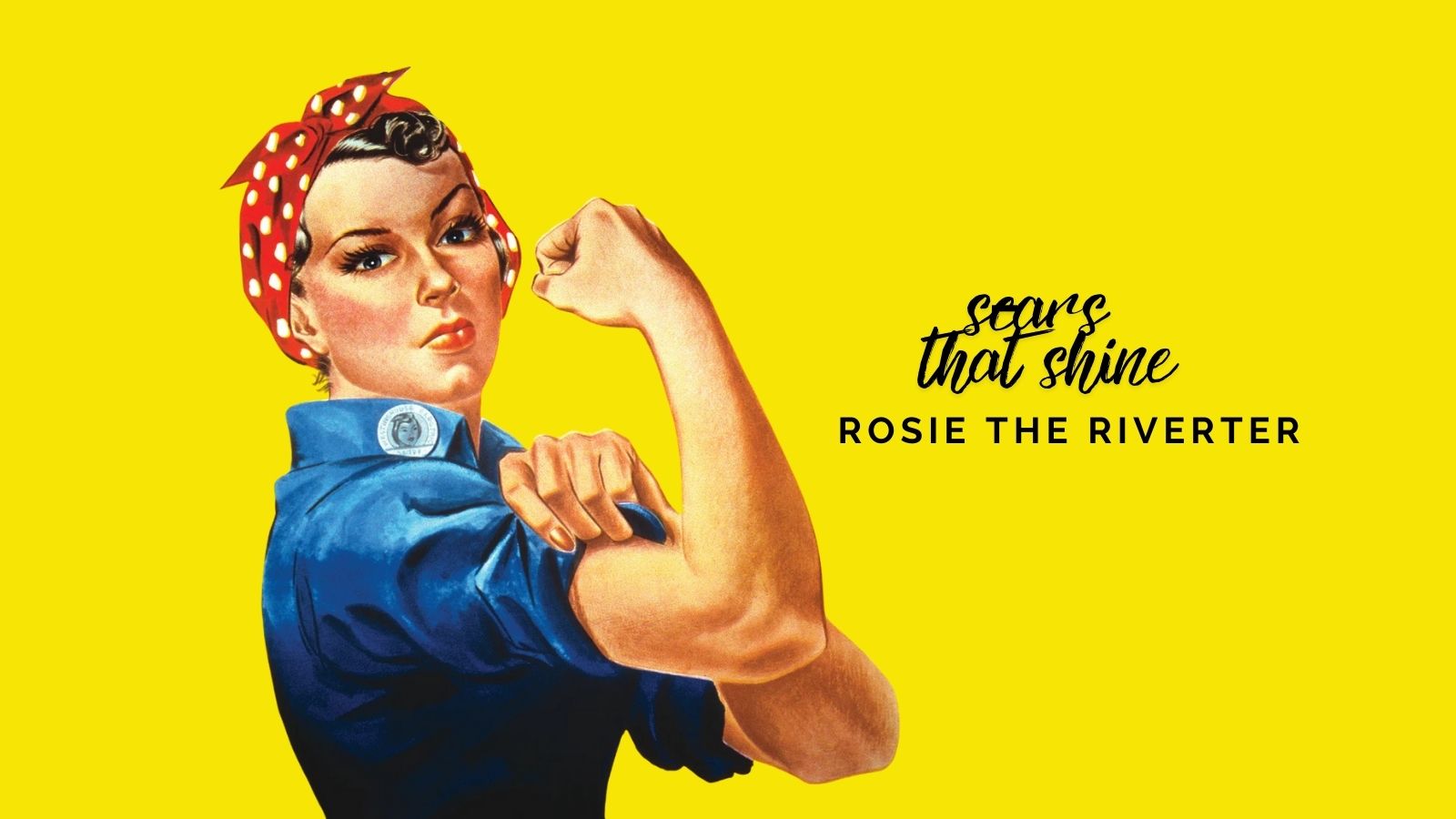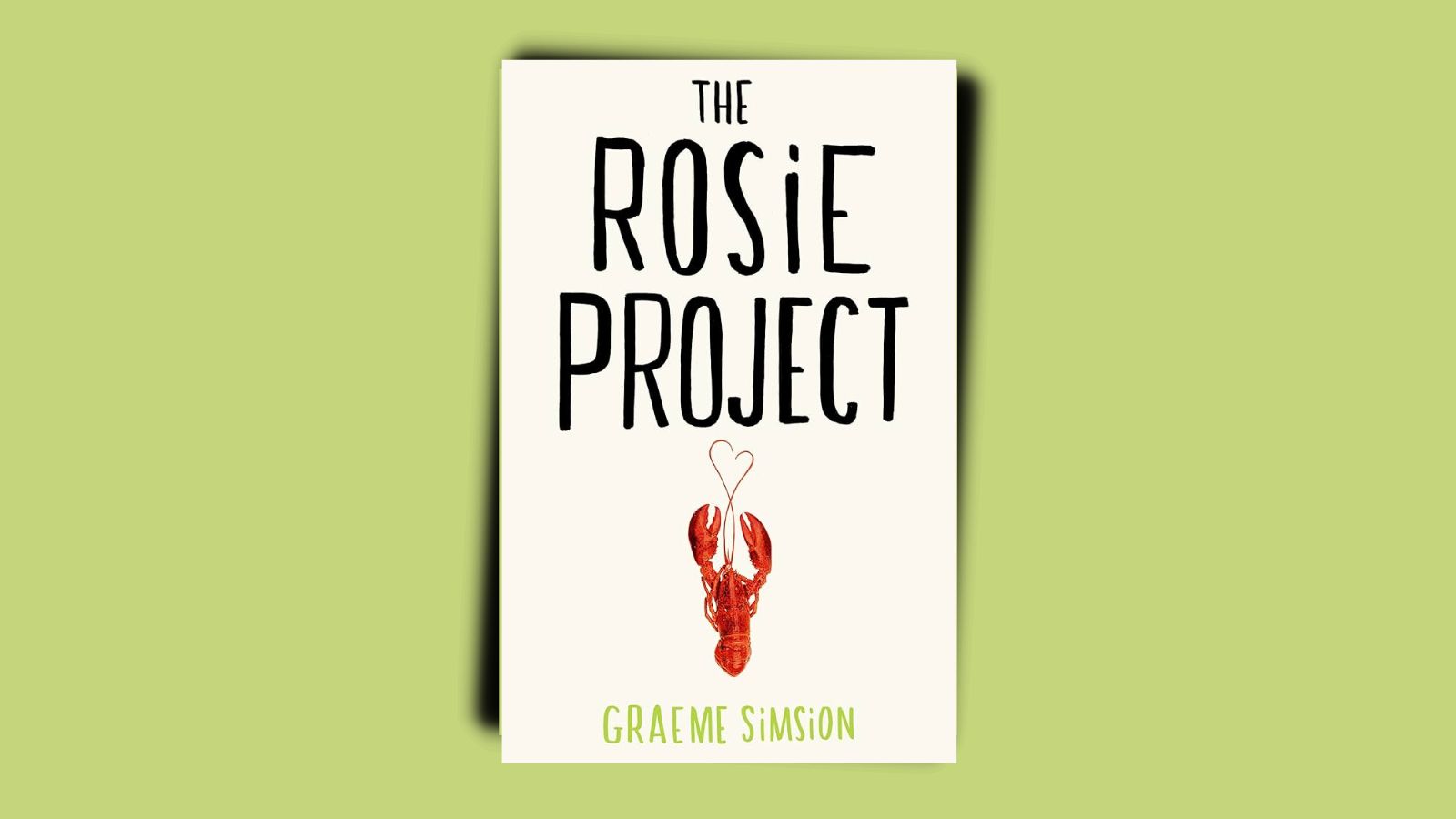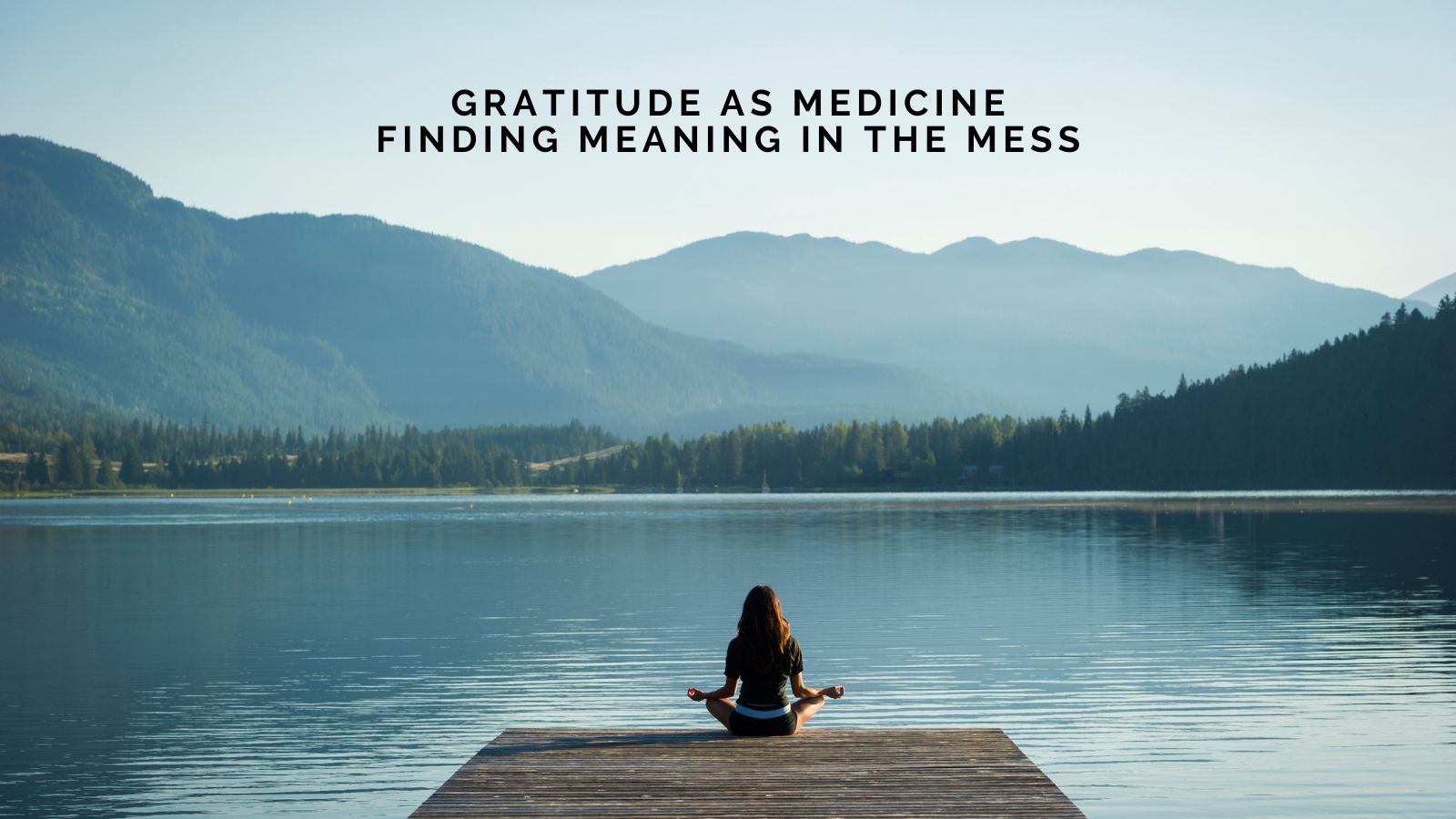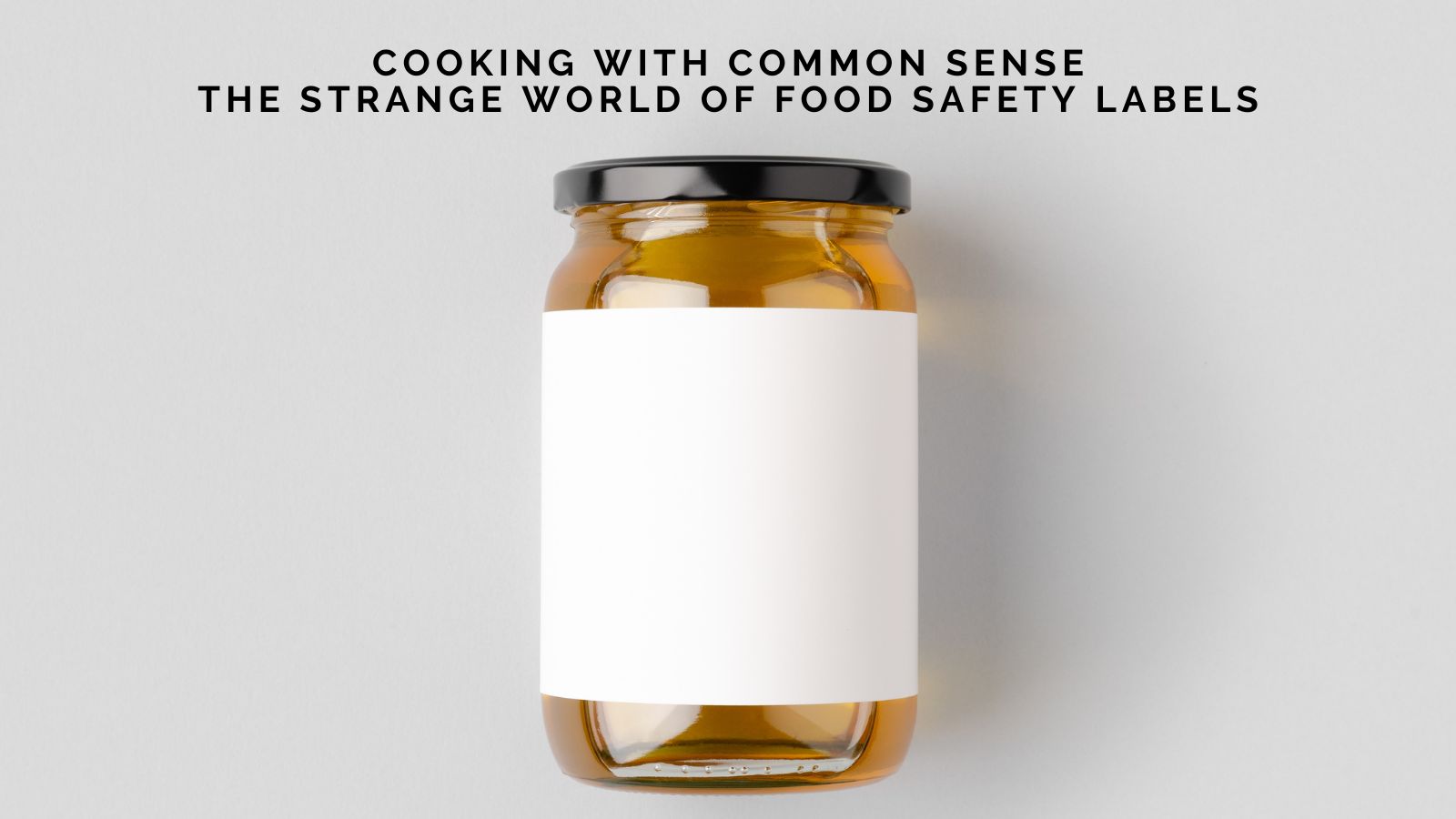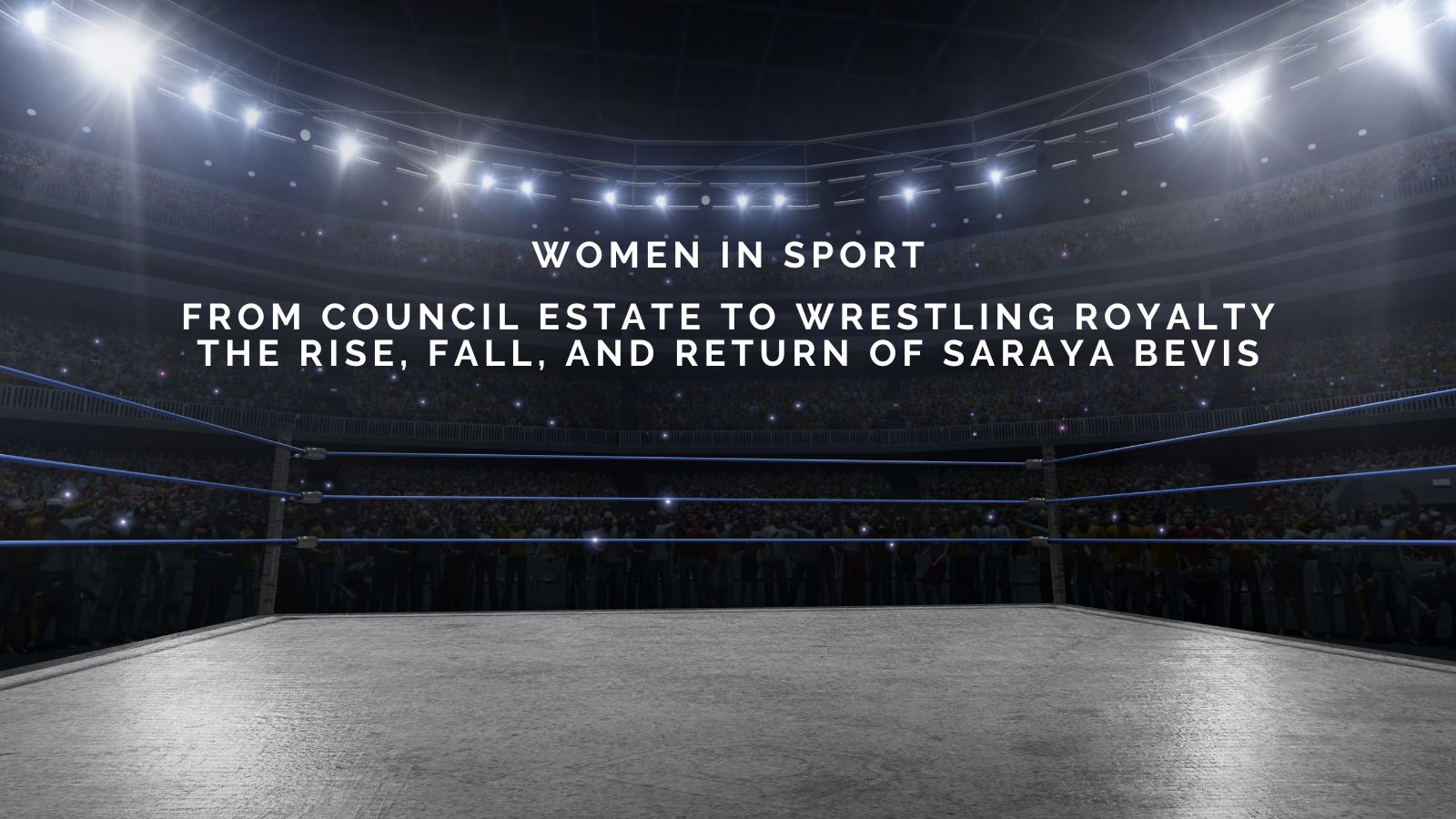
A few years ago, I was learning how to be a voiceover artist, so I took acting and improv classes and studied with coaches. One evening, I joined an online improv class through the Groundlings, a theatre school based in LA. The teacher introduced us to the rule of “Yes, and…”. This principle involves being open to whatever comes up in a scene, responding with “yes, and…”, and building on it with your own story and ideas to keep it moving forward.
I found this so intriguing because it helped me see how much nuance exists around us. Life is rarely just one thing. One part of a situation might be true – the “yes” – yet there’s always more to it – the “and”. Life isn’t as simple as rigid black-and-white thinking. Two things can be true at the same time, or perhaps there’s simply more to the story. In many ways, life itself is a constant practice of “yes, and…”.
And so it is with our understandings and experiences. In conversation, someone might share something that feels true – and still, there may be something deeper, an added element, or a different perspective.
How can this simple concept help us in our everyday lives?
Most of us want to find ways to make our relationships healthier and stronger. Nuance helps us bridge the gaps that divide people. That “yes” reminds us to acknowledge what someone is feeling or going through. It strengthens empathy, which in turn helps people feel seen and heard. The “and” reminds us that we can build on someone’s perspective or offer gentle support without dismissing their feelings.
A few years ago, I was working with an entrepreneur who I thought really understood me. She sent me a lot of information all at once. But I’m someone who doesn’t thrive under a pile of details – I need them in smaller pieces. I was still figuring out what worked for me and what didn’t. So, I told her, “This is all too overwhelming,” as I tried to keep my head above water and find a way to make it manageable.
Her response was, “I don’t like that word ‘overwhelm’.” In that moment, I felt alone, and I stopped sharing any vulnerability with her. This is why I continue to work on my own empathy and understanding – because I know what it feels like to be dismissed.
No one likes to have their feelings brushed aside. Emotions come and go, and while we can work with tools to help us move through them, sometimes feeling validated is the most powerful thing. This is where “yes, and…” can come in:
“Yes, Steph, I hear your frustration and how heavy this feels for you. And we can figure this out together. I’m here for you as we work on steps to make this feel less overwhelming.”
Reduces Anxiety
I’ve had an anxiety disorder for as long as I can remember – I think it began at age four. Some of it stemmed from circumstances and the way my body absorbed and handled trauma, but much of it came from my own beliefs and thought patterns.
I was constantly stressed and nervous about most things in life, and I didn’t know how to change that. When I learned that I could choose my thinking and perspectives, it was transformative.
A few years ago, I had a book signing at a local bookshop. I was nervous because I knew I’d have to speak to people and promote myself. I used to be the type of person who kept myself small and hidden. My sister texted me, asking if I was nervous. I had been practising all morning, so I replied: “Yes, I’m nervous. And I’m excited. And I choose to think of it as more exciting than nerve-wracking.”
That shift in perspective changed my energy completely. I decided to have fun and enjoy the experience instead of letting the nerves take over.
It Supports Critical Thinking
Critical thinking is the ability to question, analyse, interpret, and evaluate information with clarity and honesty. It’s rooted in curiosity and openness rather than rigidity and closed-mindedness.
Since I was raised with many inflexible beliefs, I often find myself disagreeing with my father on certain issues. Over the years, this has caused many arguments. But when I remember those two simple yet powerful words – “yes, and…” – I’m reminded that multiple truths can exist, and I try to stay curious.
I don’t always get it right, but I keep practising. Instead of holding on to the idea that I’m right all the time, I listen to his point of view and work on reflecting and noticing when we can agree on something.
“Yes, I agree. And here is my understanding or perception on that topic.”
Learning the practice of “yes, and…” has changed how I approach life: in conversations, in moments of anxiety, and in how I think and reflect. It reminds me that there is often more beneath the surface. We can stay open, curious, and grounded, even in the tension of complexity.
Whether we’re navigating relationships, personal growth, or challenging beliefs, “yes, and…” offers a simple yet powerful way to hold space – for others, for ourselves, and for the world.
_(49).jpg)


